Jeeps have some of the best names in the car business. There’s the Gladiator, Renegade, and the Wrangler. Then there’s the Compass Night Eagle which is what this review is on. Night Eagle is the name of the grade, and it sounds terrifying.
Yup, they’re all great outdoorsy names that suggest these are tough go-anywhere vehicles with adventurous and brave owners who build fires, pitch tents and eat the elk they hunted with a bow that morning.
So, how does a Jeep Compass Night Eagle handle an urban jungle, full of tight streets, shopping centre carparks and school runs? It was also driven by me – and I'm someone who thinks ordering a double-shot cappuccino is adventurous.
Jeep Compass 2021: Night Eagle (fwd)
| Engine Type | Inline 4, 2.4L |
|---|---|
| Fuel Type | Unleaded Petrol |
| Fuel Efficiency | 7.9L/100km (combined) |
| Seating | 5 |
| Price From | $24,860 - $30,690 |
| Safety Rating |
|
Does it represent good value for the price? What features does it come with?
The Night Eagle is the entry point into the Jeep Compass range and lists for $36,950.

The standard features lists has what you’d expect to find, such as an 8.4-inch screen with Apple CarPlay and Android Auto, cloth seats, roof rails, 18-inch alloy wheels and auto headlights (halogen). There are also a few features which you don’t always see on entry grades, such as sat nav, tinted windows, dual-zone climate control and LED taillights.
There’s no proximity key or push-button start, nor is there a wireless charger, nor front parking sensors. Those are a few items that make the short trips and constant in-and-out use of an urban car easier.
Is there anything interesting about its design?
There aren’t many boring looking Jeeps. If anything they look like full-scale sand pit toys. The Jeep Compass is no different but has a more refined and domesticated appearance than a Wrangler. If anything, it looks like a mini version of the big Jeep Grand Cherokee with its low narrow grille, squared headlights and tall, flat bonnet.
Even the side profile of the Compass and the rear of the car with its tailgate and taillight design is shrunken Grand Cherokee looking. Which is odd because the Cherokee, which is bigger than the Compass, looks nothing like the Grand Cherokee.

Talking of size, how big is the Compass? Here are the dimensions. The compass is 4394mm long, 1819mm wide and 1629mm tall.
That makes it a small SUV, but not as small as the Jeep Renegade, which looks tiny enough to pick up and carry.
Night Eagle sounds like a special ops code name and there are some stealthy elements to the styling, such as the black alloy wheels and the blacked-out grille. These touches are a good combination with the Grey Magnesio paint my car wore. That’s a premium colour costing $645, but the black roof is standard. In the photos I took, the Night Eagle looks as dark and as brooding as the day I took these pictures.

I’ll talk about how much room is inside in the practicality section below, but for now I can tell you that the Compass’s interior has a layout which is more functional and rugged than refined and fancy. I wasn’t overwhelmed by the feel of the plastics, which to me didn’t have the same quality as interior elements of a Mazda CX-30 or Kia Seltos.
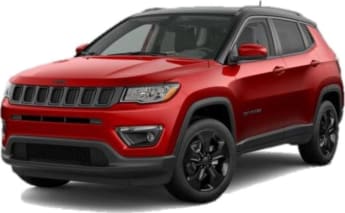
How practical is the space inside?
Good practicality in a small urban car means a cleverly designed interior, which makes the most of the limited space and the Compass hits the nail on the head here. There’s a storage space under the cushion of the front passenger seat (see the images), a deep centre console bin, decent-sized door pockets and four cup holders.
You’ll find two USB ports (one in the front and one in the back), along with a 12V outlet and a 230V power point.
Boot space is large for the class at 438 litres.
As for people space there’s plenty of elbow-, head and shoulder room up front, while legroom in the back is excellent and, at 191cm tall, I can sit behind my driving position with about 4cm between my knees and the seatback.
It's great to see that there are directional air vents in the second row.
What are the key stats for the engine and transmission?
The Night Eagle is the only front-wheel drive variant in the Compass range, although it has the same 2.4-litre petrol engine as the all-wheel drive Limited and S-Limited grades. In Jeep World even the engines have cool names and this one is called the Tigershark.

If only the engine was a good as its name because with 129kW and 229Nm I felt that, in the Compass, this four-cylinder engine was underpowered even when unladen.
A six-speed automatic does a good job of smooth shifting, however.
How much fuel does it consume?
When it comes to urban driving nothing makes more sense than electric vehicles, hybrids and cars with small capacity turbo engines. So, the Compass Night Eagle with its 2.4-litre naturally aspirated petrol engine isn’t ideal for fuel economy.
Yes, this engine has a stop-start system, which will save fuel but even then, Jeep says you can expect to use 11.2L/100km after urban driving.
I live in Sydney’s Inner West, about 8km from the CBD. The traffic moves at a frantic pace, unless it’s peak hour in which case the city gridlock extends all the way to the street I live on. That kind of environment never does any favours for your fuel economy, but even then, the 13.7L/100km the trip computer was reporting at the end of my week with the Compass was high.
Motorway miles would bring that down substantially, and Jeeps says that after a combination of open and urban roads you can expect 7.9L/100km.
This is an urban test, however, and urban fuel economy is what counts.
Warranty & Safety Rating
What safety equipment is fitted? What safety rating?
The Jeep Compass scored the maximum five-star ANCAP rating when it was tested in 2017.
Standard on the Night Eagle is AEB which operates at city and inter-urban speeds, there’s blind spot warning and rear cross traffic alert, too. Those are excellent advanced safety equipment for the urban environment.
This all on top of the usual equipment you’d expect, such as seven air bags and ABS.
The Night Eagle has rear parking sensors only, which meant I had to play a guessing game as to how close I was to the car in front when fitting into tight spaces.
There’s also a rear-view camera, however, the image could be clearer.
There are three top-tethers for child restraints across the back seat, with ISOFIX anchors on the two outer positions. I fitted my five-year-old’s top tether child seat in the back and he could see out of the window perfectly well.
A space-saver spare wheel is not normally ideal, but for urban use it’s fine.
What does it cost to own? What warranty is offered?
The Compass is covered by Jeep's five-year/100,000km warranty. There's also five years of capped price servicing. It's recommended the petrol variants are serviced every 12 months/12,000km and the diesels every 12 months/20,000km.
What's it like to drive around town?
There’s good and not-so good news, here. Making the Compass Night Eagle good for city driving is great visibility, wide and comfortable seats and the smallish size of the car makes it easy to fit into spaces.
But working against the Compass was steering which seemed to lack both feel and accuracy, suspension which struggled to iron-out the many creases in Sydney’s shocking roads and not much in the way of acceleration.
A large turning circle of more than 11m also didn’t help me much in the streets where I live, either.
Verdict
The Jeep Compass Night Eagle is good looking and offers great practicality for a small SUV, and comes standard with good city-focussed safety tech.
What stops the compass Night Eagle from being a great urban car is its thirsty petrol engine and a driving experience which isn’t all that enjoyable.
Pricing Guides



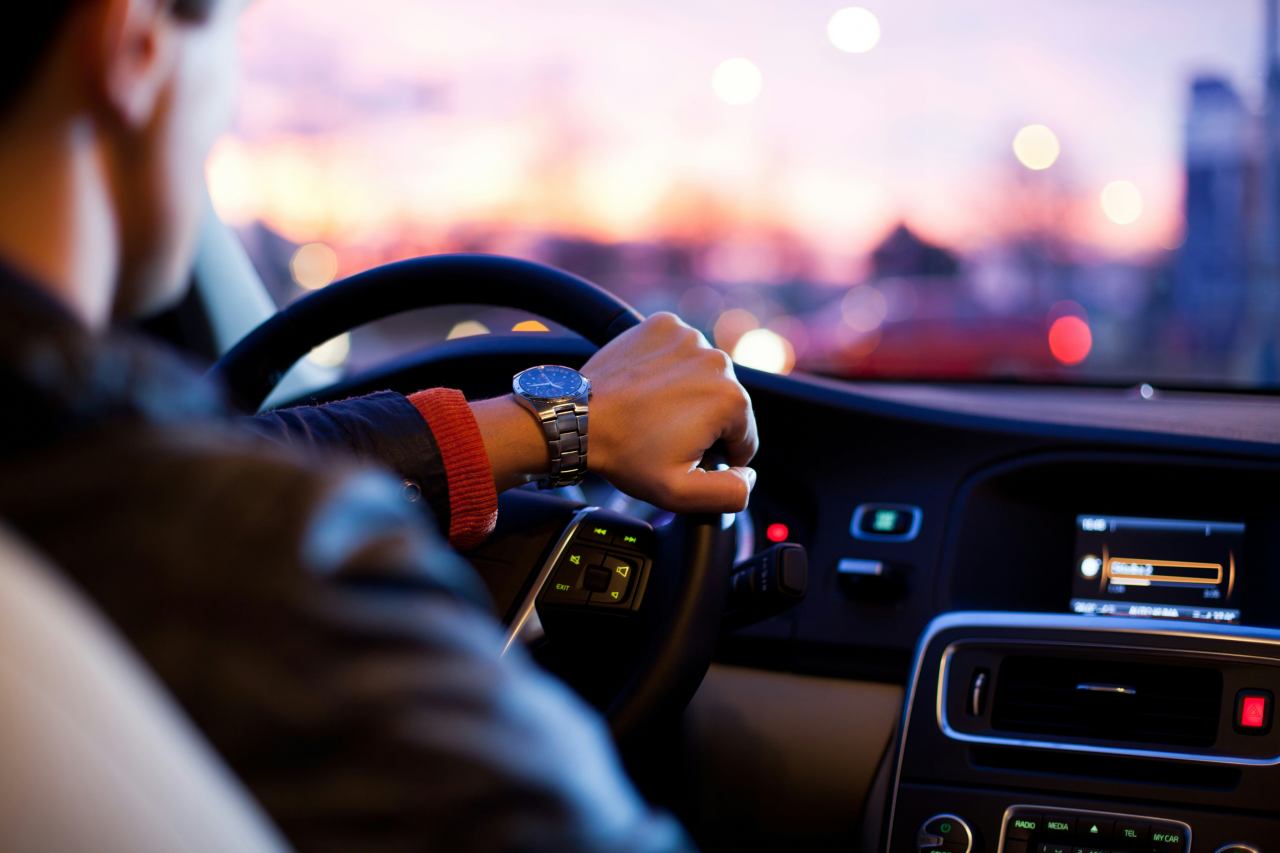
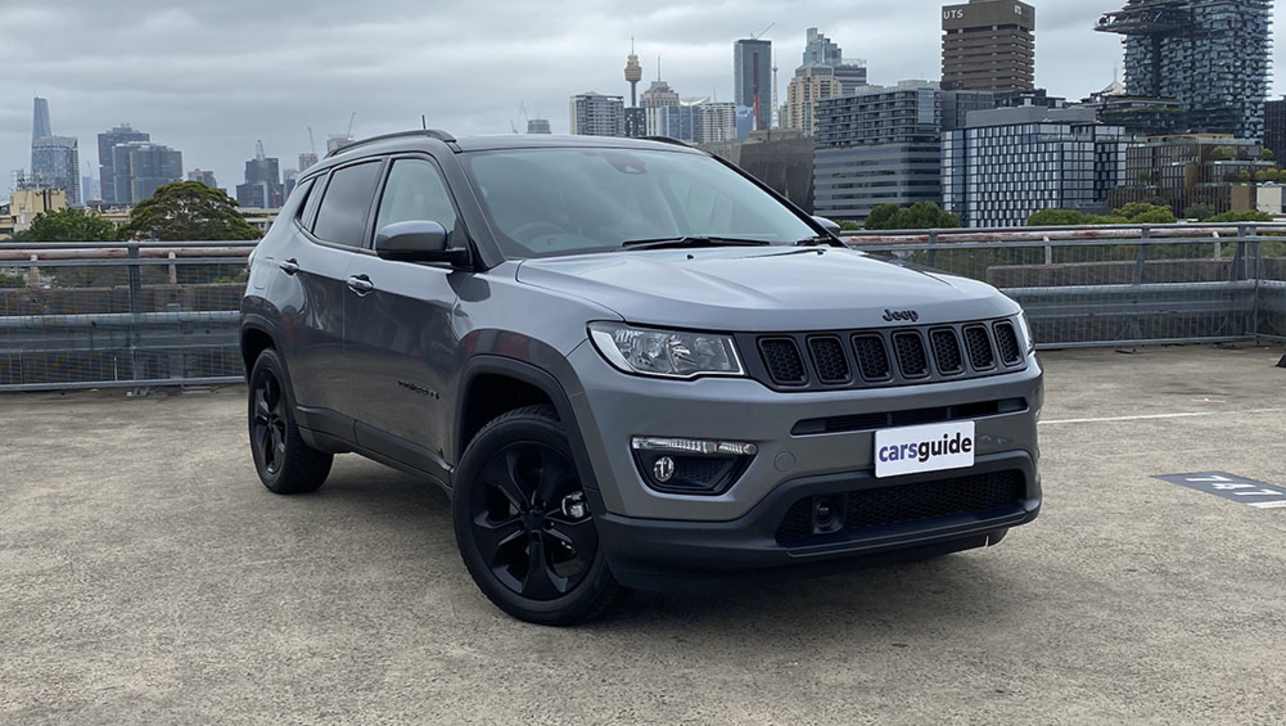





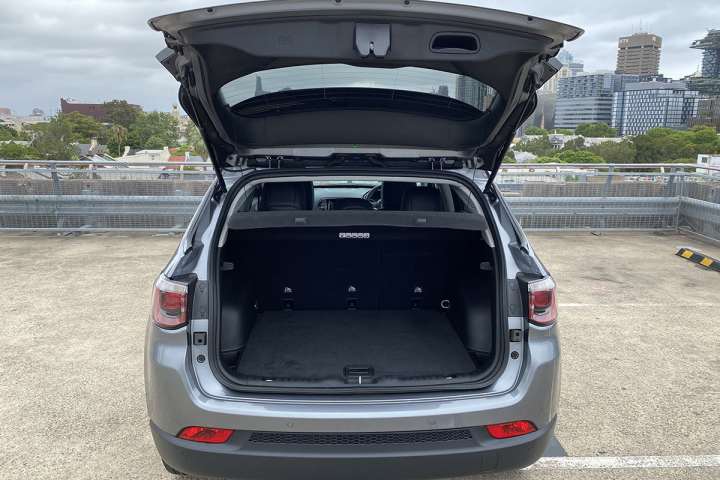
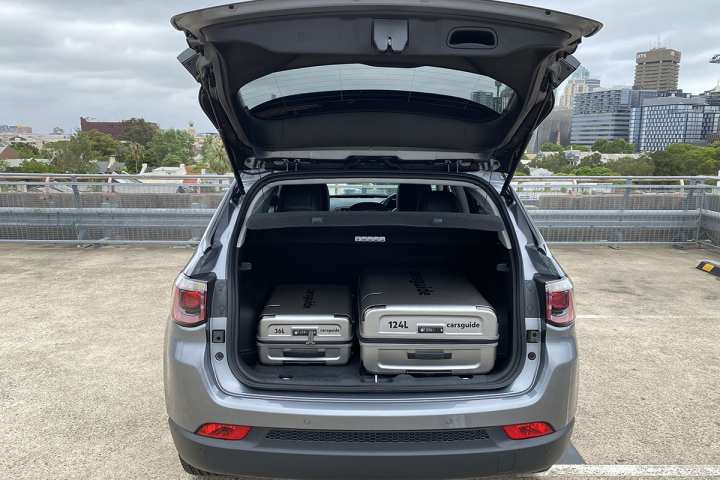


.jpg)







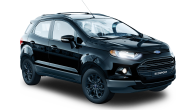

.png)







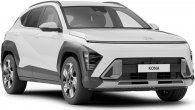

.jpg)
.jpg)

.JPG)

.jpg)

.jpg)


Comments